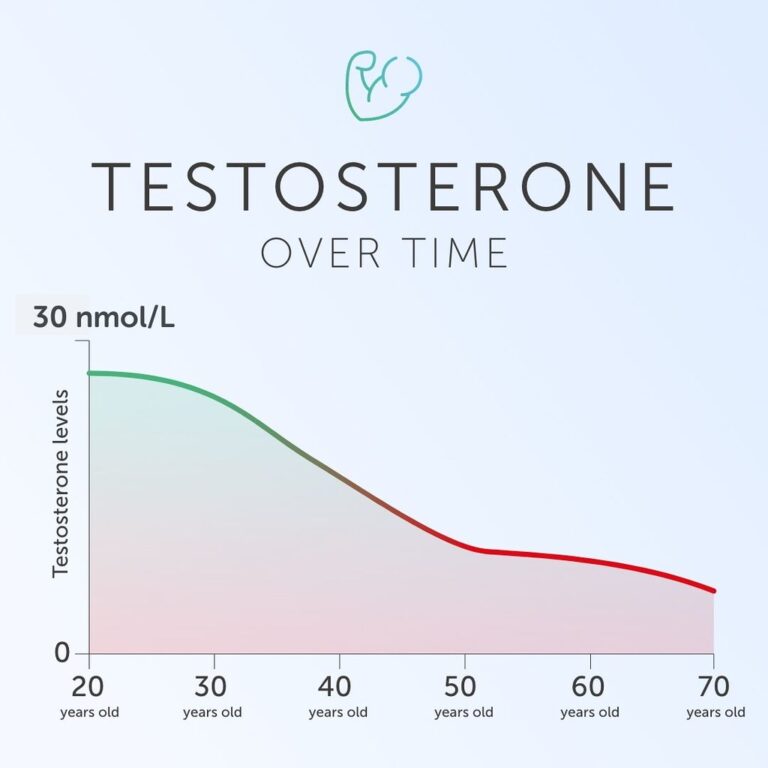 |
| Photo from ghealth121.com |
Surgical thrombectomy is a procedure used to remove a blood clot from an artery or vein.
Blood normally circulates freely through your blood vessels, arteries, and veins. Your arteries deliver oxygen and nutrients to your body via blood. Your veins transport waste products back to your heart. In some cases, the blood thickens and clumps together to form a clot in one of these vessels. This can obstruct blood flow. When blood flow is interrupted, nearby tissues can be harmed.
A surgeon makes an incision into a blood vessel during a surgical thrombectomy. The blood vessel is repaired after the clot is removed. This helps to restore blood flow. A balloon or other device may be placed in the blood vessel to help keep it open in some cases.
WHY MIGHT I REQUIRE SURGICAL THROMBECTOMY?
- Arm or leg swelling, pain, numbness, or tingling
- A cold feeling in the area
- Muscle pain in the affected area
- Vein enlargement (postthrombotic syndrome)
- Tissue death
- An organ’s failure to function
- A blood clot that has moved to the lung, causing breathing difficulties and a risk of death (pulmonary embolism)
WHAT ARE THE RISKS OF SURGICAL THROMBECTOMY?
- Excessive bleeding that has the potential to be fatal.
- Infection
- Blood vessel damage at the site of the blood clot
- Anesthesia reaction
- Embolism of the lungs
HOW TO PREPARE FOR A SURGICAL THROMBECTOMY
- Do you have any allergies?
- Have you recently experienced any changes in your health, such as a fever?
- Are you pregnant or think you might be pregnant?
- Have you ever had an anesthesia problem?
- Ultrasound, to assess blood flow in the leg and aid in the diagnosis of a blood clot.
- A venogram (for a vein clot) or an arteriogram (for an artery clot) will be performed to obtain an image of your vessels.
- A computed tomography (CT) scan will be performed to obtain more information about the blood clot.
- If more information is required, magnetic resonance imaging (MRI) can be used.
- Blood tests to assess your overall health
The night before your surgery, don’t eat or drink anything after midnight.
DURING A SURGICAL THROMBECTOMY, WHAT HAPPENS?
- Before the procedure begins, an IV will be placed in your arm or hand. This IV will be used to administer medications to you. A blood thinner, such as heparin, may be administered to you. This is done to help prevent new blood clots from forming during the procedure.
- You will also be given anesthesia via IV line. This will relieve your pain and put you to sleep during the procedure. You could also be sedated. This will make you sleepy and relaxed during surgery.
- Hair in the surgical area may be removed. A local anesthetic may be used to numb the area.
- During the surgery, the surgeon may use continuous X-ray images.
- A cut will be made in the area above your blood clot by the doctor. He or she will cut the blood vessel open and remove the clot.
- In some cases, a balloon attached to a thin tube (catheter) will be inserted into the blood vessel to remove any remaining clot. A stent may be inserted into the blood vessel to assist in keeping it open.
- The blood vessel will be closed and repaired by your doctor. This will then allow blood flow to resume.
- Your skin incision will be closed and bandaged.
AFTER A SURGICAL THROMBECTOMY, WHAT HAPPENS?
- Swelling or worsening pain
- Leakage of fluid from the incision
- Fever
- Bleeding on any part of your body
- Weakness, pain, or numbness in the area of surgery







